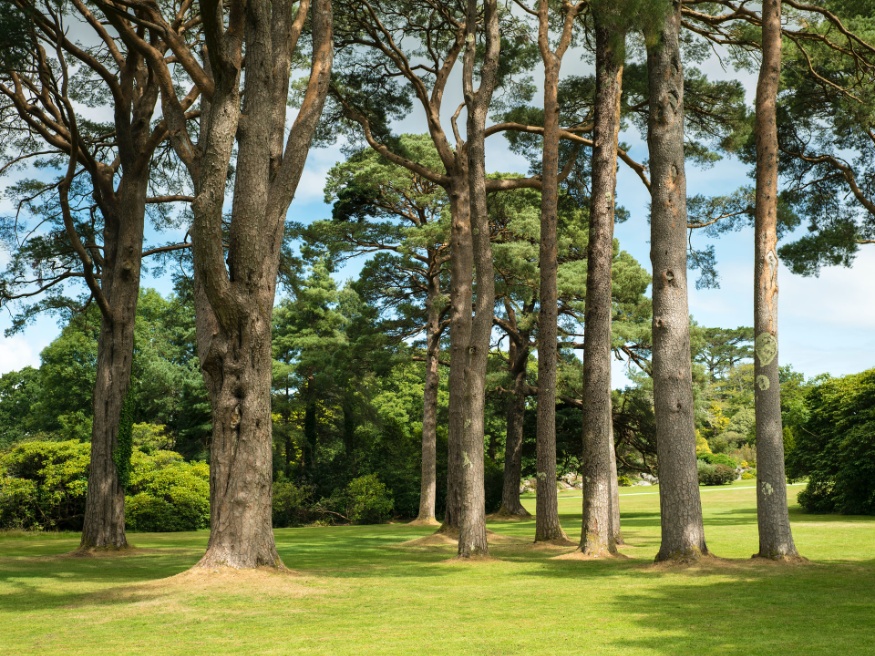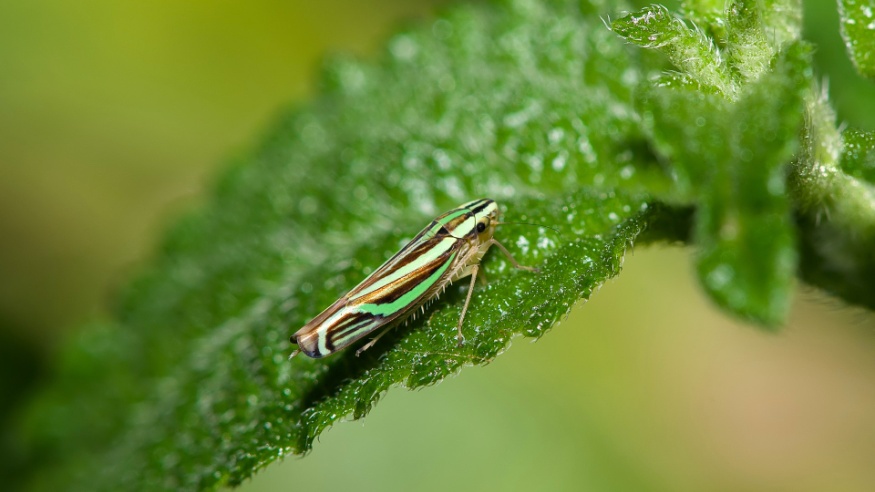Why You Shouldn't Fertilize Your Trees
It turns out, fertilizing trees may have more drawbacks than benefits when looking closely at how trees use resources to support growth, maintenance, reproduction, and defense. This article is based off of a more detailed and drawn out article called "The Resource Allocation Trade-Off" from the ISA's Continuing Education Unit. I found it very interesting but decided to simplify it a little.

Trees, as well as many other forms of animal and plant life, need nitrogen as one of their prominent nutrients to construct their tissues and carry out their daily functions. Nitrogen fertilizer is often used in landscaping as a means of promoting growth, health, and vitality in trees and plants. Though nitrogen definitely plays an important roll in the growth of trees, health and vitality may actually be somewhat compromised.
In nature, trees have adapted to low nutrient conditions. As a result they may grow shorter, with sparser canopies, and a more efficient root system. They never seem to show any chlorosis (signs of nutrient deficiencies in leaves) as commonly found in landscapes or nurseries. The reason is that trees are quite good at allocating resources when they're less are available. For example, roots stretch further and become more dense to gather nutrition from as much area as possible. Canopy growth slows and reserves are kept for potential pathogens and stress tolerance. Smaller leaves are produced, nitrogen is primarily used for photosynthesis, and leaf density is created by other compounds instead of nitrogen. Because of this, high rates of photosynthesis can still occur despite small leaf size. Trees overall become very efficient at using the little that they have.

When nitrogen (especially synthetic fertilizer) is introduced into the soil, trees no longer find the need to create larger, deeper root systems. Also, less secondary metabolites are produced which normally aid in drought stress protection. Trees become ill prepared for times of drought or the lack of more fertilizer since their roots are not prepared to search for it naturally in the ground. With nitrogen application, resources are also directed to use in canopy growth, creating more stems, leaves, and buds. This causes resources (carbon stores in the tree) to be used to create growth rather than compounds needed for self defence and storage reserves.
Rapid growth from nitrogen is a natural reaction plants have to their surroundings in nature. When nitrogen is available in high amounts, it's accepted that surrounding plants will also have it available and a faster production of leaves and stems is triggered to be able to compete with the growth of other plants. As a result, more focus is given to plant height or width and less to other processes.
Using nitrogen fertilizer can also increase the activity of piercing-sucking insects such as aphids, scales, and mites on plant leaves and stems. It can also decrease resistance to chewing insects such as caterpillars, beetles, and borers. There is also no evidence that recovery ability from defoliation is improved at all by fertilizing.

There simply doesn't seem to be any good reason to fertilize trees others than to cause rapid growth. Nutrient stressed plants may grow slower, but they become tougher and more prepared for adversity such as insect attacks and drought. For further reading, This article points out other reasons for home owners to avoid using chemical fertilizer.